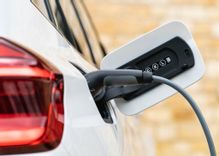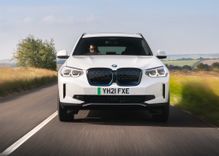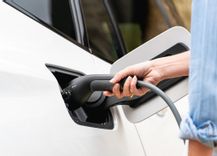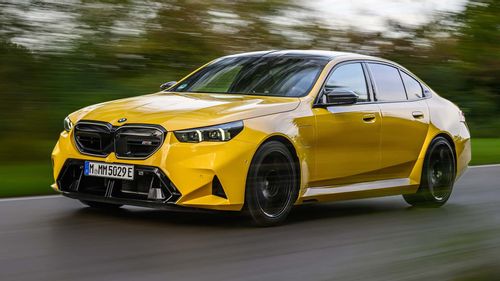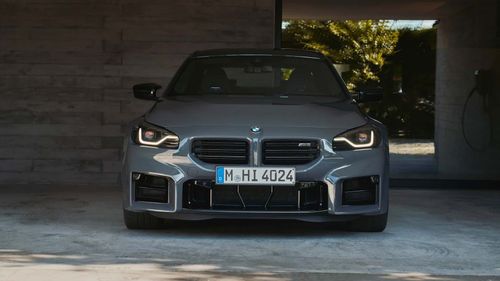With new technology comes a new way of doing things. When we’re low on fuel, we know to seek the nearest fuel station and fill our tanks to the brim. In South Africa, this is becoming prohibitively expensive. Nevertheless, it’s a habit: the fuel light comes on, we drive up to the forecourt and sit there for five minutes while the attendant does their job.
However, electric vehicles are ‘filled up’ in a different way to their internal combustion engine counterparts. In the same way we charge our mobile phones or tablets, an electric car needs to be plugged in at a charge point when the battery charge runs low. But how does this work?
Much like the aforementioned mobile phone, an electric car has a charger which can be plugged into a wall socket or a specialised EV charger. Onboard an electric vehicle is an onboard charger, the purpose of which is to convert alternating current (AC) to direct current (DC) - the electricity required to charge electric vehicle batteries.
Most electric vehicles are provided with two chargers. The AC charger is rather intelligent in how it works. The charger communicates with the batteries, telling the electric vehicle how much power it can draw from the source. Once all the necessary checks are completed, the charger then converts the AC power into electricity the electric car can use. While slower than a DC charger, these plug points are far more common and, overall, a cheaper way of charging.
The other type of charger you’ll receive with your electric vehicle is the DC charger. Also known as a supercharger, these deliver the fastest possible charging rate. Larger stations can deliver more than 300 kW, but this is usually limited to what the EV can draw. As the technology in these ‘fast chargers’ are more complex and quicker, they’re more expensive as well. In Europe, China and the United States, these are becoming increasingly more common. However, in South Africa, these are limited to specific places. Currently, there are over 170 charging stations in SA - but expect this to increase as the years go by.
Many electric car owners choose to install a wallbox at their home, to allow for quick and seamless charging. BMW currently offers several options for customers to charge their vehicles at home. Below is an example of charging times, using BMW’s all new iX xDrive50.
The range-topping iX model has different charging times, based upon the charger used. For 100 km of range, the xDrive50 requires 1h 41 minutes when plugged into an 11 kW Wallbox or Flexible fast charger. These are the options one would use at home, for example. Public charging facilities also differ based on the charger used. At an AC charging station, 51 minutes will have the xDrive50’s range sitting at 100 km. Even more impressive are the Fast Charging station and High power charging stations, with times of 21 and six minutes, respectively.

